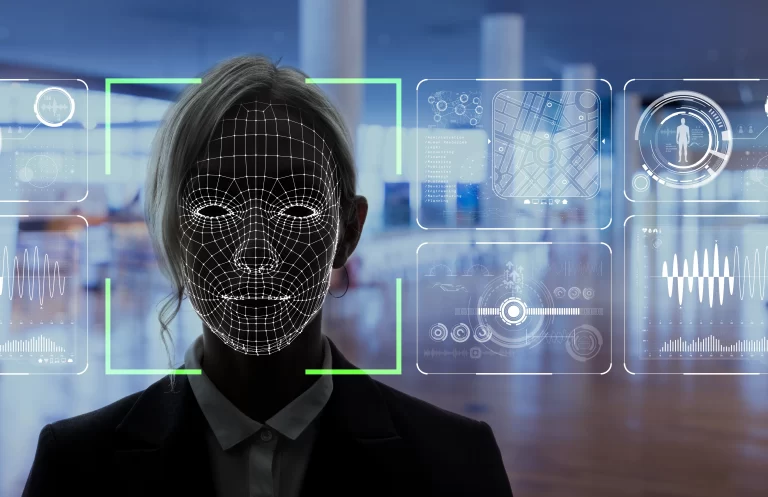Image recognition technology has seen a significant surge in popularity in recent years, with applications in fields ranging from healthcare to security to entertainment. As machine learning and artificial intelligence algorithms have become more advanced, image recognition technology has become more accurate and reliable, making it an indispensable tool in many industries. However, as this technology becomes more widespread, it is important to consider the ethical implications of its use and potential misuse. In this article, we will explore the advancements in image recognition technology, its applications, and the ethical considerations that must be taken into account.
Advancements in Image Recognition Technology:
Image recognition technology has come a long way since its inception, and advancements in machine learning and artificial intelligence have played a significant role in its development. Early image recognition algorithms were based on simple pattern recognition, where the software would look for specific patterns or shapes in an image to determine what it was. However, as machine learning algorithms have become more sophisticated, image recognition technology has evolved to incorporate deep learning, convolutional neural networks (CNNs), and other advanced techniques.
CNNs are particularly useful in image recognition as they can identify specific features in an image, such as edges or corners, and use this information to make predictions about what the image represents. This technology has enabled image recognition algorithms to become more accurate and reliable, with some algorithms achieving over 99% accuracy in identifying specific objects or features in an image.
Applications of Image Recognition Technology:
The applications of image recognition technology are numerous, and it is being used in various industries to improve efficiency, accuracy, and security. In healthcare, image recognition technology is being used to assist in the diagnosis of diseases, such as cancer and tuberculosis, by analyzing medical images and identifying potential areas of concern. In security, image recognition technology is being used to identify potential threats, such as weapons or suspicious behavior, in public spaces.
Image recognition technology is also being used in the retail industry to improve customer experiences. For example, some stores are using facial recognition technology to identify customers as they enter the store, allowing them to provide personalized recommendations or offers. In the entertainment industry, image recognition technology is being used to analyze audience reactions to movies or television shows, providing valuable insights into what viewers like and dislike.
Ethical Considerations:
While image recognition technology has many benefits, there are also significant ethical considerations that must be taken into account. One of the biggest concerns is privacy, as image recognition technology can be used to collect and analyze vast amounts of personal data, including facial recognition data. This data can be used for surveillance or other nefarious purposes, potentially violating individuals’ rights to privacy.
There are also concerns about bias in image recognition algorithms, as they may be trained on biased datasets or contain inherent biases that can lead to inaccurate or discriminatory results. For example, facial recognition technology has been shown to be less accurate when identifying individuals with darker skin tones, leading to concerns about racial bias.
Another ethical consideration is the potential for misuse of image recognition technology. For example, this technology could be used to create deep fakes, or manipulated images or videos that appear to be real, which could be used for propaganda or other malicious purposes.
Conclusion:
Image recognition technology has come a long way in recent years, and its applications are vast and varied. However, as this technology becomes more widespread, it is important to consider the ethical implications of its use and potential misuse. Privacy concerns, bias, and the potential for misuse are all important considerations that must be taken into account when developing and implementing image recognition technology. By addressing these concerns and implementing ethical standards, we can ensure that this technology is used for the greater good and does not infringe on individuals’ rights or lead to harmful outcomes.

